
When Spanish conquistadores explored the land known today as Mexico in 1519, they were dazzled by its riches. They marveled at the majestic stone buildings that graced the cities of the Aztecs who ruled the area. Beyond the cities lay fertile, irrigated fields lush with corn and other crops. And marketplaces brimmed with a great variety of vegetables and textiles.
Two years later, Spanish conquistador Hernán Cortés and his men conquered the people and took control of the area in the name of King Charles I of Spain. Cortés initiated the building of Mexico City on the ruins of the Aztec capital of Tenochtitlán. The site that had once been an important Aztec city became the most important European city in the Americas.
At the time, Spain was the most powerful nation in Europe. In the years that followed Cortés’s conquest of Mexico, Spain continued to acquire territory. It claimed most of the Caribbean islands, Central America, and western South America. It seized part of Italy and sections of northern Africa. The European Low Countries (the Netherlands, Belgium, and Luxembourg) became part of Spain, as did the Philippines and much of Portugal. The Spaniards named their new possessions in the Americas Nueva España (New Spain). New Spain became a viceroyalty, which meant that it was a political entity ruled by the Spanish crown. A viceroy governed it in the name of the Spanish monarch.
Diese Geschichte stammt aus der January 2020-Ausgabe von Cobblestone American History Magazine for Kids.
Starten Sie Ihre 7-tägige kostenlose Testversion von Magzter GOLD, um auf Tausende kuratierte Premium-Storys sowie über 8.000 Zeitschriften und Zeitungen zuzugreifen.
Bereits Abonnent ? Anmelden
Diese Geschichte stammt aus der January 2020-Ausgabe von Cobblestone American History Magazine for Kids.
Starten Sie Ihre 7-tägige kostenlose Testversion von Magzter GOLD, um auf Tausende kuratierte Premium-Storys sowie über 8.000 Zeitschriften und Zeitungen zuzugreifen.
Bereits Abonnent? Anmelden
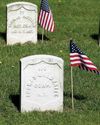
Putting the Pieces Together
Americans needed to begin to put the past behind them, come together, and plan for the future in the spring of 1865. But Abraham Lincoln, the man best equipped to lead them and who had hoped to restore the country as smoothly and peacefully as possible, had been assassinated.
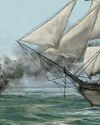
LAST SHOTS
The last Confederate forces in the Civil War didn’t surrender in the spring of 1865 or on a battlefield.
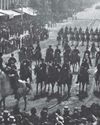
AND IN OTHER 1865 NEWS
A group of African Americans stop at the White House’s annual public reception on January 1, where they shake hands with President Abraham Lincoln.
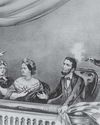
A Plot to Kill President the
For several months, actor John Wilkes Booth’s band of conspirators had plotted to capture President Abraham Lincoln and hold him hostage in exchange for Confederate prisoners.
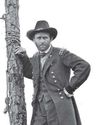
Let the Thing Be Pressed
In June 1864, Union Lieutenant General Ulysses S. Grant began a nearly 10-month campaign in Virginia.
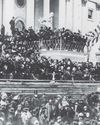
HEALING THE NATION
President Abraham Lincoln took the oath of office for the second time on March 4, 1865.

A Helping Hand
The spring season is hard in any agricultural society. Plants and animals are too small to eat.
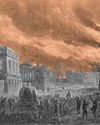
WAR SHERMAN-STYLE
As far as Union Major General William T. Sherman was concerned, the Civil War had gone on long enough.
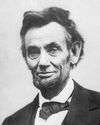
PEACE TALKS
The fall of Fort Fisher made clear that the Confederacy’s days were numbered. Southerners were tired and hungry.
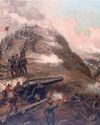
FORT FISHER'S FALL
Outnumbered Confederate soldiers inside Fort Fisher were unable to withstand the approach of Union troops by land and the constant Union naval bombardment from the sea.